Opinion & Analysis
Why do Tour players prefer fades over draws from the tee box?

There is a growing trend on the PGA Tour and other professional golf tours where some of the game’s best players favor a fade from the tee box. Amateur golfers often struggle with golf shots that slice away from their target. These shots can lead them out of play and have them eagerly chasing a more neutral or drawing shot shapes. Additionally, a large fraction of low handicap and professional golfers play a golf shot that draws repeatedly onto their target. These thoughts can leave you wondering why anyone would choose to play a fade rather than a draw with their driver.
The debate over whether players should fade or draw their golf shots has been intensely lobbied on either side. While this is highly player specific, each particular shot shape comes with a set of advantages and disadvantages. In order to discuss why elite golfers are choosing to play a fade and why you might as well, we must first explore how each shot shape is created and the unintended effects within each delivery combination. This article explores the ideas that lead some of the most outstanding players in the world to choose a fade as their go-to shot shape for their driver.
Before examining what makes each shot unique, golfers should be familiar with some common club fitting and golf swing terminology. Club path, clubface angle, impact location, spin-axis or axis tilt, and spin loft are all detailed below.
The curvature of a golf ball through the air is dependent on the backspin and sidespin of each shot. These spin rates are directly linked with each players golf swing and delivery characteristics. During every shot, each golfer will deliver the golf club back to the golf ball in a specific orientation. The relationship between the golf club face and the path of that club will determine much of how the golf ball will travel. A golf clubface that is closed to a club path will result in golf shots that either draw or hook. A clubface more open to the club’s path with create a shot that fades or slices. It is important that face angle measurements are taken in reference to the club path as terms like “out-to-in” or “in-to-out” can results in either of these two curvatures depending on face angle and impact location measurements.
Impact location should not be overlooked during this exchange and is a vital component of creating predictable golf shots that find the fairway and reach their maximum distances. As strikes move across the clubface of a driver gear effect begins to influence how the golf ball travels. In its simplest form, gear effect will help turn the golf ball back to the center of the golf club head. Impact locations in the heel will curve towards the middle and lead to golf shots with a more pronounced fading shape. Toe strikes lead to the opposite reaction and produce more draw or hook spin. Striking a golf ball from the upper half of the driver clubface produce higher launches and less spin, while strikes from the bottom create lower launches with higher backspin rates.
Spin-axis tilt or simply axis tilt is a result of the amalgamation of face angle, club path and strike locations. A golf shot will curve in the direction that its axis tilts during flight. Golfers familiar with launch monitors like Trackman and GCQuad, can reference axis tilt and spin-axis tilt measures for this measurement. Shots that curve to the left will have a leftward tilted axis, and shots to the right a rightward axis tilt. Golf shots tilting to the left and to the right are given names depending on which hand is dominant for that golfer. A draw or hook is a golf shot that curves in the air away from the golfers dominate hand. Right-handed players will see a golf ball hit with a draw spin from right to left in the air. Left-handed golfers see their draw shots spin from left to right. Fades and slices have the opposite shapes.
Spin loft is another critical component of creating and maintaining the flight of a golf ball. In concert with the spin-axis tilt of the golf ball, the spin loft influences the amount of backspin a golf ball possesses and will determine much of how stable that golf ball’s flight becomes. Golf shots hit with more backspin curve less violently than golf shots hit with too little spin especially in the wind. Spin loft is exemplified as golfers find themselves much more accurate with their wedges than their driver. More spin equals more stability, and this leads us to why professional players opt for their fade.
Modern drivers can be built to maximize the performance of each golfer on their best swings, but what about their misses? Golfers often lose confidence standing over their golf shots if they see the ball overdrawing or hooking too often. Overdraws and hooks create golf ball flight conditions that are unpredictable and lead to directional and distance detriments that can cause dropped shots and penalties. Because of this, elite right-handed players do not often like to see the golf ball going left from the tee box. By reducing their chances of hitting hooking tee shots, golfers often feel more freedom to swing the golf club freely and make smooth, powerful motions. This is never more evident than when watching Brooks Koepka and Dustin Johnson hit their drivers. While both players hit the golf ball both ways, their go-to shot from the tee is a left-to-right curving fade.
But wait, doesn’t a draw go further than a fade? While it is not inevitable that a draw will fly further or roll out more than a fade, the clubface and club path conditions needed at impact to produce each shape often lead to differences in spin rates and launch angles that affect distance. Less dynamic loft created by a closed clubface can lead to lower launch, less spin, and more distance. The drawback of these conditions is the reduced spin loft and decreased stability. So how much distance is worth losing to find more fairways? As we continue to see some of the longest hitters on the PGA Tour win tournaments and major championships distance is the premium.
Luckily, modern drivers and club fitting techniques have given players a perfect blend of distance and accuracy. By manipulating the center of gravity of each driver, golfers can create longer shots from their best strikes without giving up protection from their mishits. Pushing the weights more near the clubface of drivers has given players the ability to present more loft at impact without increasing backspin. The ability to swing freely and know that if you miss your intended strike pattern your shot will lose distance but not end up in the most dangerous hazards have given players better, more repeatable results.
While it can be advantageous for casual golfers and weekend players to chase as many yards as possible, players that routinely hit the golf ball beyond 300 yards can afford their misses to fall back if they will remain in play and give them a chance to find the green in two shots. More stability when things do not go as planned thanks to increased spin lofts and less violent curvature has allowed elite level golfers to perform consistently even under the most demanding situations and it is why we continue to see a growing number of players favor a fade from their tee shots.
- LIKE290
- LEGIT34
- WOW18
- LOL23
- IDHT16
- FLOP26
- OB18
- SHANK190
Opinion & Analysis
Myrtle Beach, Explored: February in South Carolina
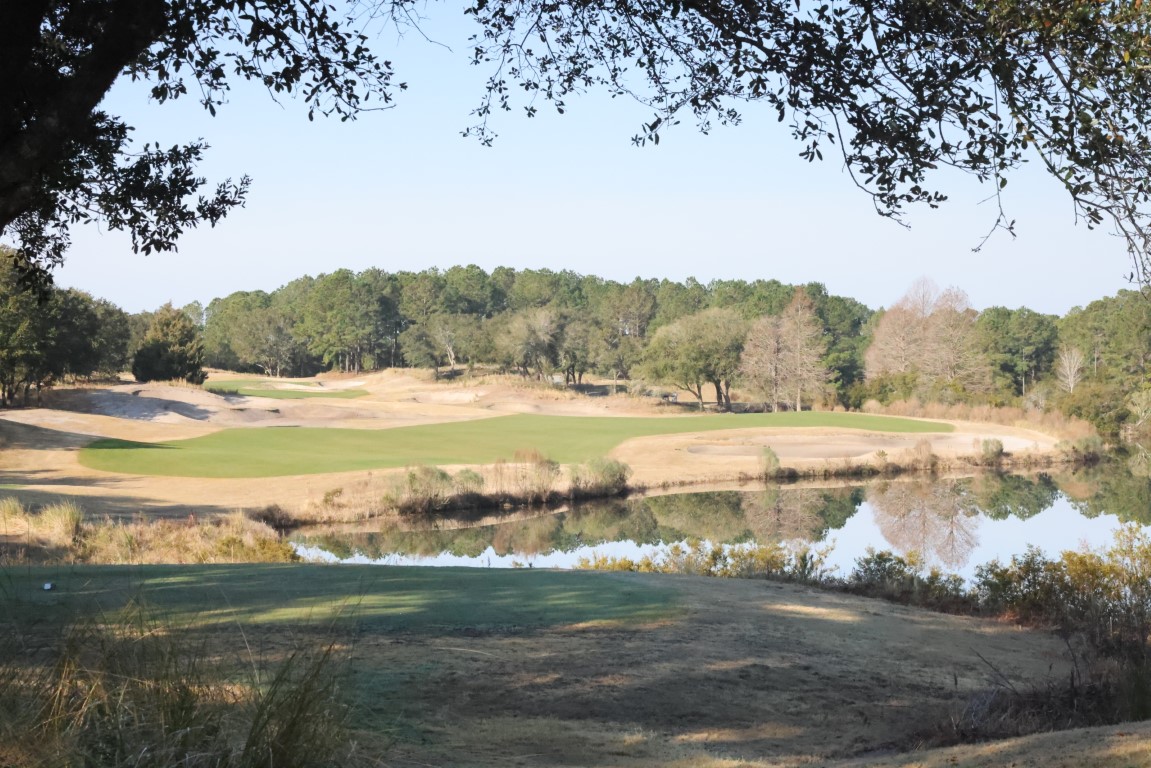
As I gain in experience and age, and familiarity breeds neither contempt nor disdain, I understand why people return to a place. A destination like Myrtle Beach offers a sizable supply and diversity of restaurants, entertainment venues, and shops that are predicated on the tenets of the service industry. Greet your customers with a smile and a kind word, and they will find comfort and assurance. Provide them with a memorable experience and they will suggest your place of business to others.
My first tour of Myrtle Beach took place in the mid-1980s, and consisted of one course: Gator Hole. I don’t remember much from that day, and since Gator Hole closed a decade later, I cannot revisit it to recollect what I’d lost. Since then, I’ve come to the Grand Strand a few times, and been fortunate to never place a course more than once. I’ve seen the Strantz courses to the south and dipped my toe in the North Carolina courses of Calabash. I’ve been to many in the middle, including Dunes, Pine Lakes, Grande Dunes among them.
2024 brought a quartet of new courses, including two at the Barefoot Resort. I’d heard about the North Myrtle Beach four-pack of courses that highlight the Barefoot property, including layouts from Pete Dye, Tom Fazio, Davis Love III, and Greg Norman. I had the opportunity to play and shoot the Dye and Fazio tracks, which means that I’ll have to return to see the other two. Sandwiched between them were the TPC-Myrtle Beach course, also from Tom Fazio, and the Pawley’s Plantation trace, by the hand of Jack Nicklaus. I anticipated a bit of the heroic, and bit of the strategic, and plenty of eye candy. None of those architects would ever be considered a minimalist, so there would be plenty of in-play and out-of-play bunkers and mounds to tantalize the senses.
My nephew arrived a few days early, to screen a few more courses. As a result, you the reader will have an extra quarter of mini-reviews, bringing the total of courses in this piece to eight. It was inconceivable that CJR would play four courses that I had never played nor photographed, but that was the case. His words appear at the end of this piece. We hope that you enjoy the tour.
Main Feature: Two Barefoots, a TPC, and Pawley’s Plantation
What Paul “Pete” Dye brought back from his trips to the United Kingdom, hearkened back to what C.B. MacDonal did, some 65 years prior. There is a way of finding bunkers and fairways, and even green sites, that does not require major industrial work. The Dye course at Barefoot Resorts takes you on a journey over the rumpled terrain of distant places. If there’s one element missing, it’s the creased and turbulent fairways, so often found in England and Ireland. The one tenet of playing a Dye course, is to always aim away from temptation, from where your eyes draw you. Find the safe side of the target, and you’ll probably find your ball. It then stands that you will have a shot for your next attempt. Cut the corner, and you might have need to reload. The Barefoot course begins gently, in terms of distance, but challenges with visual deception. After two brief 4s and a 3, the real work begins. The course is exposed enough, to allow the coastal winds to dance along the fairways. Be ready to keep the ball low and take an extra club or two.
If memory serves, TPCMB is my first trek around a TPC-branded course. It had all the trappings of a tour course, from the welcome, through the clubhouse, to the practice facilities and, of course, the course. TPC-Myrtle Beach is a Tom Fazio design, and if you never visit Augusta National, you’ll now have an idea of what it is like. You play Augusta’s 16th hole twice at TPCMB, and you enjoy it both times. Fazio really likes the pond-left, green-angle-around par three hole, and his two iterations of it are memorable.
You’ll also see those Augusta bunkers, the ones with the manicured edges that drop into a modestly-circular form. What distinguishes these sand pits is the manner in which they rise from the surrounding ground. They are unique in that they don’t resemble the geometric bunkering of a Seth Raynor, nor the organic pits found in origin courses. They are built, make no mistake, and recovery from them is manageable for all levels of bunker wizardry.
If you have the opportunity to play the two Tom Fazio courses back to back, you’ll notice a marked difference in styling. Let me digress for a moment, then circle back with an explanation. It was written that the NLE World Woods course designed by Fazio, Pine Barrens, was an homage to Pine Valley, the legendary, New Jersey club where Fazio is both a member and the architect on retainer. The Pine Barrens course was plowed under in 2022, so the homage no longer exists. At least, I didn’t think that it existed, until I played his Barefoot Resort course in North Myrtle Beach.
Pine Valley might be described as an aesthetic of scrub and sand. There are mighty, forced carries to travers, along with sempiternal, sandy lairs to avoid. Barefoot Fazio is quite similar. If you’re not faced with a forced carry, you’ll certainly contend with a fairway border or greenside necklace of sand. When you reach the 13th tee, you’ll face a drive into a fairway, and you might see a distant green, with a notable absence: flagstick. The 13th is the icing on the homage cake, a callout of the 8th hole at Pine Valley. Numero Ocho at the OG has two greens, side by side, and they change the manner in which the hole plays (so they say.) At Barefoot Fazio, the right-side green is a traditional approach, with an unimpeded run of fairway to putting surface. The left-side green (the one that I was fortunate to play) demands a pitch shot over a wasteland. It’s a fitting tribute for the rest of us to play.
Be certain to parrot the starter, Leon’s, advice, and play up a deck of tees. Barefoot Fazio offers five par-three holes, so the fours and fives play that much longer. Remember, too, that you are on vacation. Why not treat yourself to some birdie looks?
The Jack Nicklaus course at Pawley’s Plantation emerged from a period of hibernation in 2024. The greens were torn up and their original contours were restored. Work was overseen by Troy Vincent, a member of the Nicklaus Architecture team. In addition, the putting corridors were reseeded with a hardier, dwarf bermuda that has experienced great success, all along the Grand Strand that is Myrtle Beach.
My visit allowed me to see the inward half first, and I understand why the resort wishes to conclude your day on those holes. The front nine of Pawley’s Plantation works its way through familiar, low country trees and wetlands. The back nine begins in similar fashion, then makes its way east, toward the marsh that separates mainland from Pawley’s Island. Recalling the powerful sun of that Wednesday morning, any round beginning on the second nine would face collateral damage from the warming star. Much better to hit holes 11 to close when the sun is higher in the sky.
The marshland holes (12 through 17) are spectacular in their raw, unprotected nature. The winds off the Atlantic are unrelenting and unforgiving, and the twin, par-three holes will remain in your memory banks for time’s march. In typical Golden Bear fashion, a majority of his putting targets are smallish in nature, reflecting his appreciation for accurate approach shots. Be sure to find the forgiving side of each green, and err to that portion. You’ll be grateful.
Bonus Coverage: Myrtlewood, Beechwood, Arrowhead, and King’s North
Arrowhead (Raymond Floyd and Tom Jackson)
A course built in the middle of a community, water threatens on most every hole. The Cypress 9 provides a few holes forcing a carried drive then challenge you with water surrounding the green. On Waterway, a drivable 2nd hole will tempt most, so make sure the group ahead has cleared the green.
Myrtlewood (Edmund Alt and Arthur Hills) and Beechwood (Gene Hamm)
A middle of the winter New Englander’s paradise. Wide open fairways, zero blind shots and light rough allow for shaking off the rust and plenty of forgiveness. A plethora of dog legs cause one to be cautious with every tee shot. Won’t break the bank nor the scorecard.
King’s North @ Myrtle Beach National (Arnold Palmer)
- LIKE2
- LEGIT0
- WOW0
- LOL0
- IDHT0
- FLOP1
- OB0
- SHANK1
19th Hole
Vincenzi’s 2024 Players Championship betting preview: Pete Dye specialists ready to pass tough TPC Sawgrass test
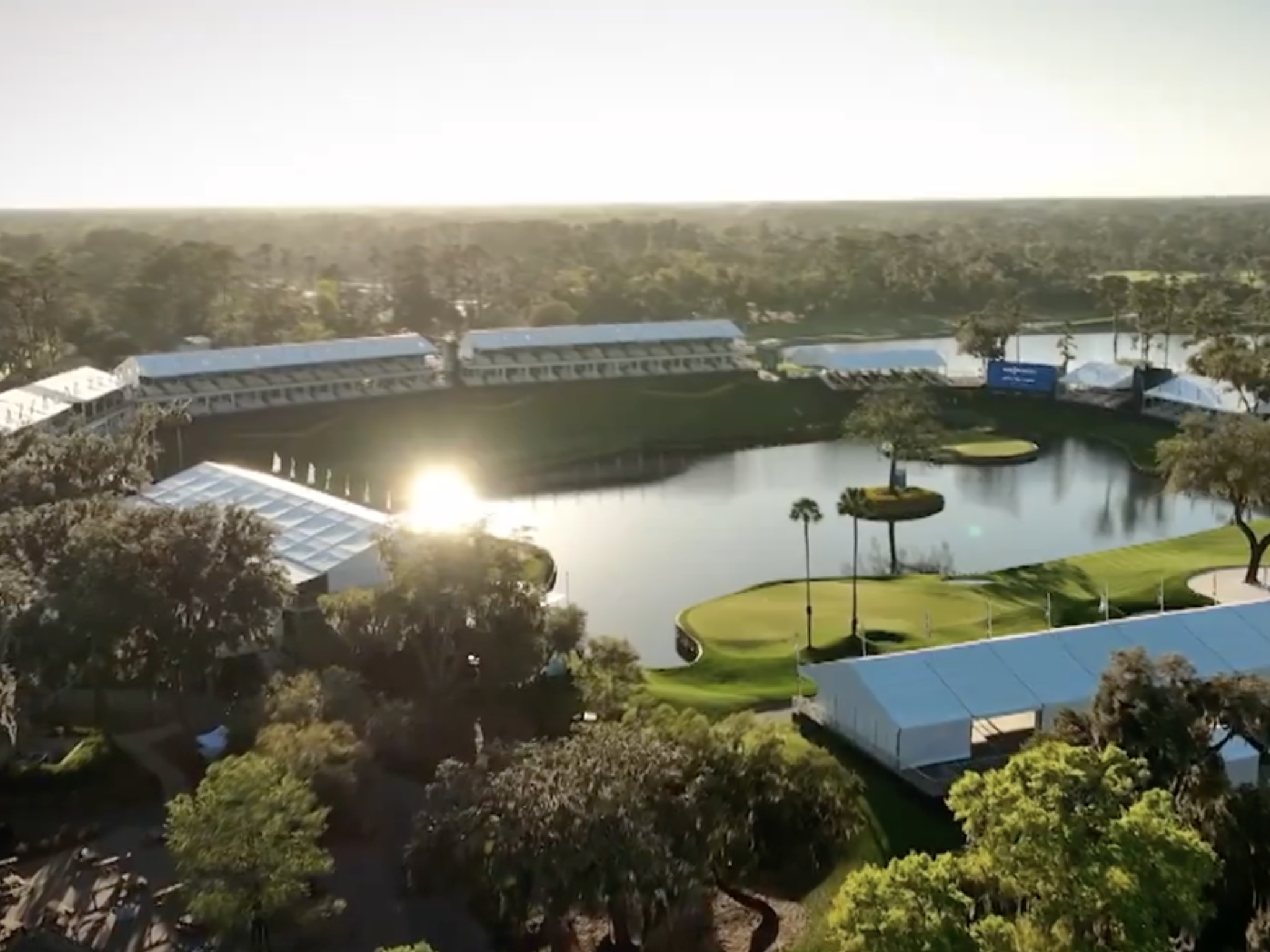
The PGA Tour heads to TPC Sawgrass to play in one of the most prestigious and important events of the season: THE PLAYERS Championship. Often referred to as the fifth major, the importance of a PLAYERS victory to the legacy of a golfer can’t be overlooked.
TPC Sawgrass is a par-72 measuring 7,245 yards and featuring Bermudagrass greens. Golfers must be patient in attacking this Pete Dye course.
With trouble lurking at every turn, the strokes can add up quickly. With a par-5 16th that is a true risk-reward hole and the famous par-3 17th island green, the only safe bet at TPC Sawgrass is a bet on an exciting finish.
THE PLAYERS Championship field is often referred to as the strongest field of the year — and with good reason. There are 144 in the field, including 43 of the world’s top 50 players in the OWGR. Tiger Woods will not be playing in the event.
THE PLAYERS is an exceptionally volatile event that has never seen a back-to-back winner.
Past Winners at TPC Sawgrass
- 2023: Scottie Scheffler (-17)
- 2022: Cameron Smith (-13)
- 2021: Justin Thomas (-14)
- 2019: Rory McIlroy (-16)
- 2018: Webb Simpson (-18)
- 2017: Si-Woo Kim (-10)
- 2016: Jason Day (-15)
- 2015: Rickie Fowler (-12)In this article and going forward, I’ll be using the Rabbit Hole by Betsperts Golf data engine to develop my custom model. If you want to build your own model or check out all of the detailed stats, you can sign up using promo code: MATTVIN for 25% off any subscription package (yearly is best value).
5 Key Stats for TPC Sawgrass
Let’s take a look at five metrics key for TPC Sawgrass to determine which golfers boast top marks in each category over their last 24 rounds.
1. Strokes Gained: Approach
Strokes Gained: Approach has historically been far and away the most important and predictive stat at THE PLAYERS Championship. With water everywhere, golfers can’t afford to be wild with their iron shots. Not only is it essential to avoid the water, but it will also be as important to go after pins and make birdies because scores can get relatively low.
Total SG: Approach Over Past 24 Rounds
- Tom Hoge (+1.37)
- Scottie Scheffler (+1.20)
- Tony Finau (+0.99)
- Jake Knapp (+0.83)
- Shane Lowry (+0.80)
2. Total Driving
This statistic is perfect for TPC Sawgrass. Historically, driving distance hasn’t been a major factor, but since the date switch to March, it’s a bit more significant. During this time of year, the ball won’t carry quite as far, and the runout is also shorter.
Driving accuracy is also crucial due to all of the trouble golfers can get into off of the tee. Therefore, players who are gaining on the field with Total Driving will put themselves in an ideal spot this week.
Total Driving Over Past 24 Rounds
- Rory McIlroy (22)
- Akshay Bhatia (25)
- Keith Mitchell (25)
- Adam Hadwin (34)
- Sam Burns (+39)
3. Strokes Gained: Total at Pete Dye Designs
TPC Sawgrass may be Pete Dye’s most famous design, and for good reason. The course features Dye’s typical shaved runoff areas and tricky green complexes. Pete Dye specialists love TPC Sawgrass and should have a major advantage this week.
SG: Total (Pete Dye) per round over past 36 rounds:
- Patrick Cantlay (+2.02)
- Scottie Scheffler (+1.90)
- Min Woo Lee (+1.77)
- Sungjae Im (+1.72)
- Brian Harman (+1.62)
4. Strokes Gained: Ball Striking
Prototypical ball-strikers have dominated TPC Sawgrass. With past winners like Sergio Garcia, Henrik Stenson, Webb Simpson, Rory McIlroy and Justin Thomas, it’s evident that golfers must be striking it pure to contend at THE PLAYERS.
SG: Ball Striking Over Past 24 Rounds
- Scottie Scheffler (+2.02)
- Tony Finau (+1.51)
- Tom Hoge (+1.48)
- Keith Mitchell (+1.38)
- Will Zalatoris (+1.18)
5. Par 5 Average
Par-5 average is extremely important at TPC Sawgrass. With all four of the Par-5s under 575 yards, and three of them under 540 yards, a good amount of the scoring needs to come from these holes collectively.
Par 5 Average Over Past 24 Rounds
- Scottie Schefler (+4.31)
- Erik Van Rooyen (+4.35)
- Doug Ghim (+4.34)
- Wyndham Clark (+4.34)
- Matt Fitzpatrick (+4.31)
6. Strokes Gained: Florida
We’ve used this statistic over the past few weeks, and I’d like to incorporate some players who do well in Florida into this week’s model as well.
Strokes Gained: Florida over past 30 rounds:
- Scottie Schefler (+2.43)
- Erik Van Rooyen (+1.78)
- Doug Ghim (+1.78)
- Wyndham Clark (+1.73)
- Matt Fitzpatrick (+1.69)
7. Strokes Gained: Total on Courses with High Water Danger
With water everywhere at TPC Sawgrass, the blow-up potential is high. It can’t hurt to factor in some players who’ve avoided the “eject” button most often in the past.
Strokes Gained: Total on Courses with High Water Danger over past 30 rounds:
- Scottie Schefler (+2.08)
- Rory McIlroy (+1.82)
- Tony Finau (+1.62)
- Patrick Cantlay (+1.51)
- Will Zalatoris (+1.49)
THE PLAYERS Championship Model Rankings
Below, I’ve compiled overall model rankings using a combination of the five key statistical categories previously discussed — SG: Approach (25%), Total Driving (20%), SG: Total Pete Dye (14%), SG: Ball-striking (15%) SG: Par 5 (8%), SG: Florida (10%) and SG: High Water (8%).
- Scottie Scheffler
- Shane Lowry
- Tony Finau
- Corey Conners
- Keith Mitchell
- Justin Thomas
- Will Zalatoris
- Xander Schauffele
- Cameron Young
- Doug Ghim
- Sam Burns
- Chris Kirk
- Collin Morikawa
- Si Woo Kim
- Wyndham Clark
2024 THE PLAYERS Championship Picks
(All odds at the time of writing)
Patrick Cantlay +2500 (DraftKings):
Patrick Cantlay is winless since the 2022 BMW Championship but is undoubtedly one of the most talented players on the PGA Tour. Since the win at Wilmington Country Club, the 31-year-old has twelve top-10 finishes on Tour and is starting to round into form for the 2024 season.
Cantlay has done well in the most recent “signature” events this season, finishing 4th at Riviera for the Genesis Invitational and 12th at Bay Hill for the Arnold Palmer Invitational. The former Tour Championship winner resides in Jupiter, Florida and has played some good golf in the state, including finishing in a tie for 4th at the 2023 Arnold Palmer Invitational. His history at TPC Sawgrass has been up and down, but his best career start at The PLAYERS came last year when he finished in a tie for 19th.
Cantlay absolutely loves Pete Dye designed courses and ranks 1st in the field in Strokes Gained: Total on Dye tracks in his past 36 rounds. In recent years, he’s been excellent at both the RBC Heritage and the Travelers Championship. TPC Sawgrass is a place where players will have to be dialed in with their irons and distance off the tee won’t be quite as important. In his past 24, rounds, Cantlay ranks in the field in Strokes Gained: Approach.
Despite being winless in recent years, I still believe Cantlay is capable of winning big tournaments. As one of the only United States players to bring their best game to Marco Simone for the Ryder Cup, I have conviction that the former top amateur in the world can deliver when stakes are high.
Will Zalatoris +3000 (FanDuel):
In order to win at TPC Sawgrass, players will need to be in total control of their golf ball. At the moment, Will Zalatoris is hitting it as well as almost anyone and finally has the putter cooperating with his new switch to the broomstick style.
Zalatoris is coming off back-to-back starts where he absolutely striped the ball. He finished 2nd at the Genesis Invitational and 4th at the Arnold Palmer Invitational where his statistics were eye opening. For the week at Bay Hill, Zal gained 5.0 strokes on approach and 5.44 strokes off the tee.
Throughout the early part of his career, Zalatoris has established himself by playing his best golf in the strongest fields with the most difficult conditions. A tough test will allow him to separate himself this week and breakthrough for a PLAYERS Championship victory.
Shane Lowry +4000 (DraftKings):
History has shown us that players need to be in good form to win the PLAYERS Championship and it’s hard to find anyone not named Scottie Scheffler who’s in better form that Shane Lowry at the moment. He finished T4 at the Cognizant Classic followed by a solo third place finish at the Arnold Palmer Invitational.
The fact that the Irishman contended at Bay Hill is a great sign considering he’s really struggled there throughout his career. He will now head to a different style of course in Florida where he’s had a good deal of success. He finished 8th at TPC Sawgrass in 2021 and 13th in 2022.
Lowry ranks 6th in the field in approach in his past 24 rounds, 7th in Strokes Gained: Total at Pete Dye designed courses in his last 30 rounds, 8th in par 5 scoring this season, and 4th in Strokes Gained: Total in Florida over his past 36 rounds.
Lowry is a player who’s capable of winning big events. He’s a major champion and won another premier event at Wentworth as well as a WGC at Firestone. He’s also a form player, when he wins it’s typically when he’s contended in recent starts. He’s been terrific thus far in Florida and he should get into contention once again this week.
Brian Harman +8000 (DraftKings):
(Note: Since writing this Harman’s odds have plummeted to 50-1. I would not advise betting the 50).
Brian Harman showed us last season that if the course isn’t extremely long, he has the accuracy both off the tee and with his irons to compete with anyone in the world. Last week at Bay Hill and was third in the field in Strokes Gained: Approach, gaining 5.54 strokes on the field in the category.
In addition to the strong iron play, Harman also gained strokes off the tee in three of four rounds. He’s also had success at Pete Dye tracks recently. He finished 2nd at last year’s Travelers Championship and 7th at the RBC Heritage.
It would be a magnificent feat for Harman to win both the Open Championship and PLAYERS in a short time frame, but the reality is the PGA Tour isn’t quite as strong as it once was. Harman is a player who shows up for the biggest events and his odds seem way too long for his recent track record.
Tony Finau +6500 (FanDuel):
A few weeks ago, at the Genesis Invitational, I bet Hideki Matsuyama because I believed it to be a “bet the number” play at 80-1. I feel similarly about Finau this week. While he’s not having the season many people expected of him, he is playing better than these odds would indicate.
This season, Tony has a tied for 6th place finish at Torrey Pines, a tied for 19th at Riviera and tied for 13th at the Mexico Open. He’s also hitting the ball extremely well. In the field in his past 24 rounds, he ranks 3rd in Strokes Gained: Approach, 3rd in Strokes Gained: Ball Striking, 6th in Par 5 average and 15th in Total Driving.
Finau’s problem has been with the putter, which has been undeniably horrific. However, this week he will see a putting surface similar to the POA at TPC Scottsdale and PGA West, which he’s had a great deal of success on. It’s worth taking a stab at this price to see if he can have a mediocre week with the flat stick.
Sungjae Im +9000 (FanDuel):
It’s been a lackluster eighteen months for Sungjae, who once appeared to be a certain star. While his ceiling is absolutely still there, it’s been a while since we’ve seen Im play the type of golf expected of a player with his talent.
Despite the obvious concerns, the South Korean showed glimpses of a return to form last week at the Arnold Palmer Invitational. He tied for 18th place and gained strokes off the tee, on approach, around the green and with the putter. When at his best, Im is a perfect course fit for TPC Sawgrass. He has remarkable precision off the tee, can get dialed in with his irons on shorter courses and can get up and down with the best players on Tour.
This number has gotten to the point where I feel comfortable taking a shot on it.
Billy Horschel +20000 (FanDuel):
Billy Horschel is a great fit on paper for TPC Sawgrass. He can get dialed in with his irons and his lack of distance off the tee won’t be a major detriment at the course. “Bermuda Billy” does his best work putting on Bermudagrass greens and he appears to be rounding into form just in time to compete at The PLAYERS.
In his most recent start, Billy finished in a tie for 9th at the Cognizant Classic and hit the ball extremely well. The former Florida Gator gained 3.32 strokes on approach and 2.04 strokes off the tee. If Horschel brings that type of ball striking to TPC Sawgrass, he has the type of putter who can win a golf tournament.
Horschel has been great on Pete Dye designed courses, with four of his seven career PGA Tour wins coming on Dye tracks.
In a season that has seen multiple long shots win big events, the 37-year-old is worth a stab considering his knack for playing in Florida and winning big events.
- LIKE30
- LEGIT10
- WOW4
- LOL2
- IDHT0
- FLOP3
- OB1
- SHANK6
19th Hole
Vincenzi’s LIV Golf Hong Kong betting preview: Trio of major champs primed for big week
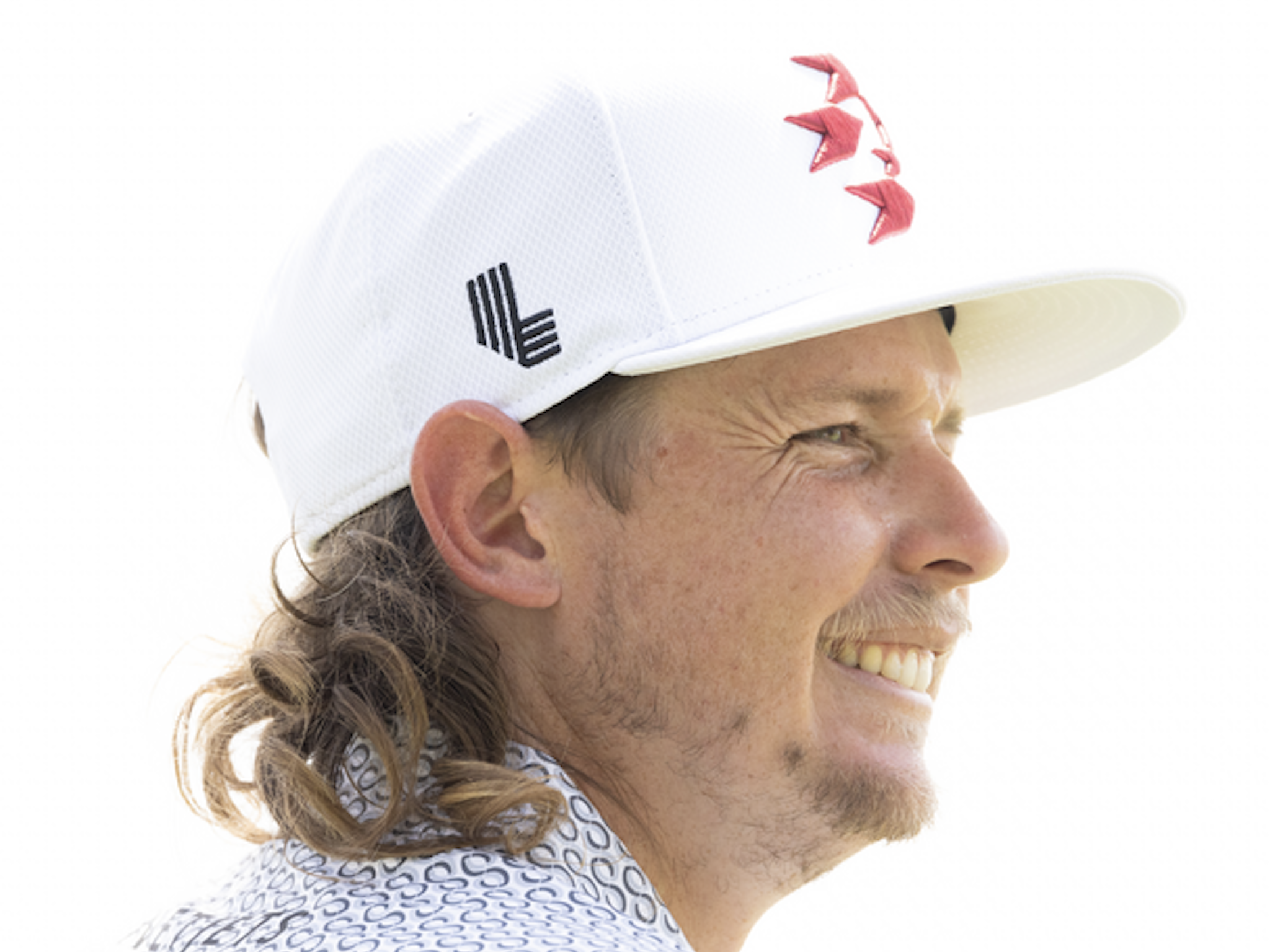
LIV Golf is set to begin its fourth event of the season at Hong Kong Golf Club in Hong Kong, China. This marks the first time that LIV Golf will travel to China for an event.
Hong Kong Golf Club is a par 70 measuring 6,710 yards. LIV will be using the “Fanling Course” for the event.
While speaking with Asian Tour player Travis Smyth, he gave me a rundown on what it takes to be successful at Hong Kong Golf Club.
“Hong Kong golf club, it’s pretty old school, like super short and tight. And I, I don’t think it falls into like a bomber’s hand. I think you’ll see a lot of guys hitting it to roughly the same spots on the majority of the holes. There’s a few holes where Bryson will be able to unleash a few but not many. When I played here, I hit Hybrid on Par 4’s off the tee maybe like seven times.”
Travis also said that the tight fairways and penal potential misses will keep the bombers at bay.
“It’s just that sort of course you’re hitting it like anywhere from 220 to 240 off the tee. And then from there you have a range of holes where it’s like kind of some sort of wedge or nine. It’s not very long.”
Around the green game will also be tremendously important at Hong Kong Golf Club.
“The greens are small as well and it’s usually quite hard to get up and down if you miss the greens. Someone like Cameron Smith I could see doing really well there. He played well in the international series. but just someone that’s, you know, pretty dolled in with their, their scoring clubs, he’s probably going to do well there.”
Players dialed in with their game from tee to green with control over the golf ball should fare extremely well.
“You can’t really scramble from the trees either. So, you really just have to. I’d, yeah, just whoever’s the best ball striker that week, you can’t really strap it around and fake it around there. You got to hit it straight. The tree lines are dead, there’s some hazards and stuff. It’s a short, tight quirky course, not what any of these guys are probably used to.”
Despite it being short, don’t be surprised if it gives players some real trouble.
“It should be fun viewing because there’ll be a lot of opportunities. They’ll feel like they can go low around there because it’s short but, you know, you make a few bogeys, and you get quite frustrated, and you start pushing off the tee and find some trouble and stuff. It can eat you up as well.”
Smyth finished 2nd at Hong Kong Golf Club to qualify for the 2023 Open Championship at Royal Liverpool.
Past Winners at Hong Kong Golf Club
- 2023: Ben Campbell (-19)
- 2022: Wade Ormsby (-17)
- 2018: Aaron Rai (-17)
- 2017: Wade Ormsby (-11)
- 2016: Sam Brazel (-13)
- 2015: Justin Rose (-19)
- 2014: Scott Hend (-13)
- 2013: Miguel Angel Jiminez (-12)
The top of the board once again will be a major threat this week. Jon Rahm is still in search of his first win on LIV and has been knocking at the door in each of his first three starts. Brooks Koepka hasn’t yet contended but is playing steady golf and has yet to shoot a round outside of the 60’s this season. Joaquin Niemann is the hottest player on the planet and has shown no signs of slowing down.
However, on a golf course that can neutralize the big hitters, this is an event that seems a bit more up for grabs than we’ve seen in the first three LIV events.
LIV Golf Stats YTD
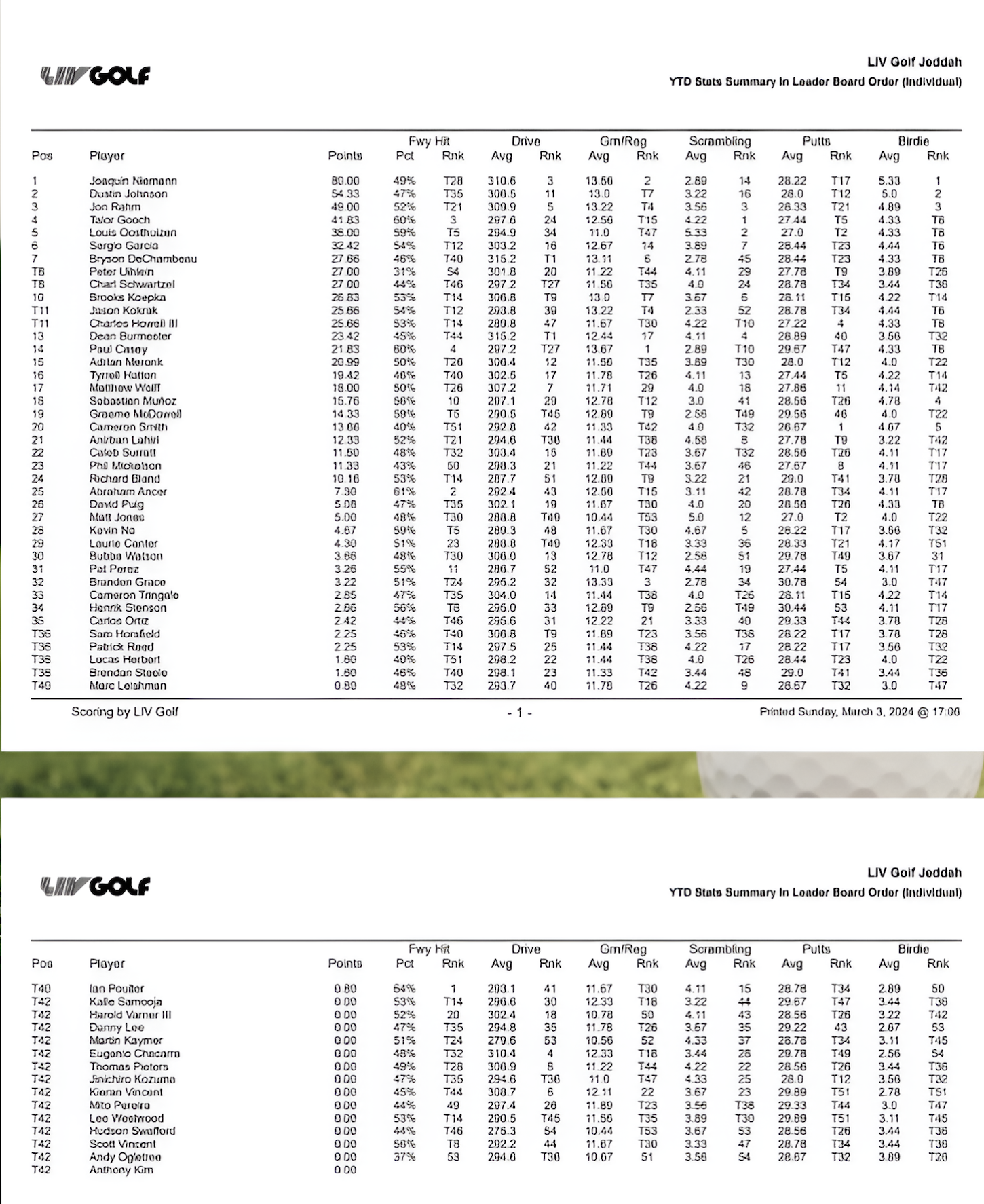
2024 LIV Hong Kong Picks
Cameron Smith +2000 (Bet365, BetRivers)
It’s been a slow start for Cam Smith this season. In his three starts on LIV, he’s finished T8, T15, T41 and has yet to look like the Cam that is one of the best players in the world. Hong Kong Golf Club should be the perfect course fit to get the former Open Champion out of his slump.
Hong Kong Golf Club is tight off the tee, and many players won’t be able to hit driver. That will neutralize some of the best drivers of the golf ball in the field and propel players like Cam, who are almost unbeatable from fairway to green. Cam’s driver has been a weakness throughout his career, and it’s been especially pronounced this season. He’s tied for 51st in fairways hit thus far on the season. Taking driver out of his hand this week could be exactly what he needs to get on track.
Despite the poor tee balls, Smith still ranks 1st in putting and 5th in birdies made. He’s also a great scrambler, and with small greens at the course, having to get up and down is inevitable. If he can play from the fairway this week, he should have a major advantage in the other facets of the game.
Louis Oosthuizen +2000 (DraftKings)
Louis Oosthuizen should be an absolutely perfect fit for Hong Kong Golf Club. The South African has been remarkably consistent over the past few months dating back to the fall, where he won two consecutive DP World Tour events and also finished 2nd at the International Series Oman. In his three LIV starts this year, Louis has finished T8 at LIV Mayakoba, 50th at LIV Las Vegas and T2 at LIV Jeddah.
Louis is relatively short off the tee and that won’t hurt him this week. He is one of the best putters and scrambler on LIV, and his silky-smooth swing looks as dialed in as ever at the moment. He’s yet to win a LIV event, but a victory for Louis seems imminent.
Patrick Reed +5000 (FanDuel)
Patrick Reed is another play who’s yet to win a LIV event but has been a winner throughout his entire career. The former Masters champion should love Hong Kong Golf Club as it will play to his strengths on and around the greens.
Reed played on the Asian Tour this fall and finished T15 at the Hong Kong Open and T7 at the Indonesian Masters. The experience in Asia this season should be a benefit for Reed acclimating to the travel and conditions this week.
The 34-year-old should benefit from taking driver out of his hand and similar to Smith, can beat anyone in the world if the tournament become a short game competition.
*Featured Image and Stats Image courtesy of LIV Golf*
- LIKE12
- LEGIT8
- WOW4
- LOL0
- IDHT0
- FLOP1
- OB1
- SHANK7
-
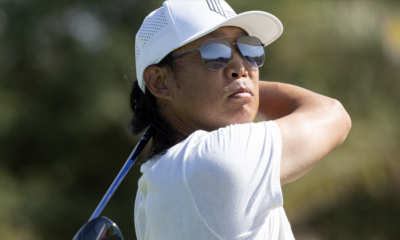
 19th Hole3 weeks ago
19th Hole3 weeks agoTour pro calls Anthony Kim a ‘f*****g idiot’ following Instagram comeback post
-
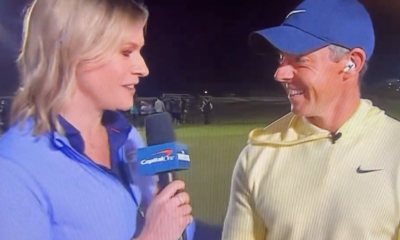
 19th Hole3 weeks ago
19th Hole3 weeks agoThis Rory McIlroy post-round ‘The Match’ moment is going viral…but all is likely not what it seems
-

 Whats in the Bag3 weeks ago
Whats in the Bag3 weeks agoAnthony Kim WITB 2024 (February)
-

 Whats in the Bag2 weeks ago
Whats in the Bag2 weeks agoScottie Scheffler WITB 2024 (March)
-
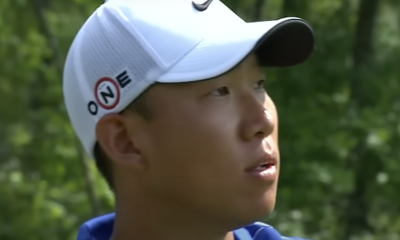
 19th Hole3 weeks ago
19th Hole3 weeks agoAnthony Kim’s speculated LIV Golf sign-on fee may surprise you
-
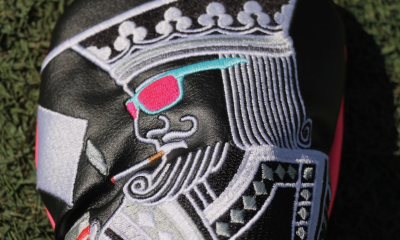
 Tour Photo Galleries2 weeks ago
Tour Photo Galleries2 weeks agoPhotos from the 2024 Arnold Palmer Invitational
-
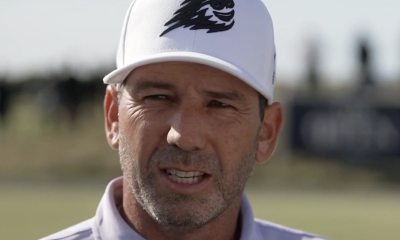
 19th Hole2 weeks ago
19th Hole2 weeks agoThe total sum that Sergio Garcia needs to pay in fines if he wants to return to DP World Tour revealed
-
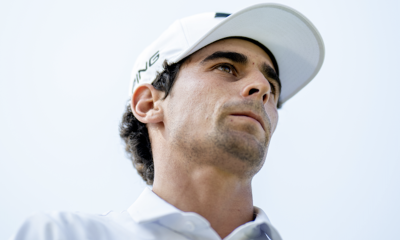
 19th Hole2 weeks ago
19th Hole2 weeks agoJoaquin Niemann names 3 PGA Tour events he’d love to play each year ‘in a perfect world’



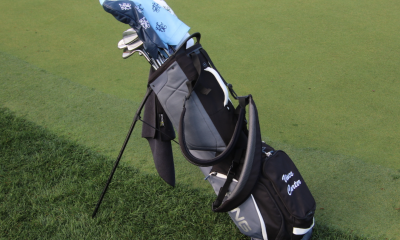

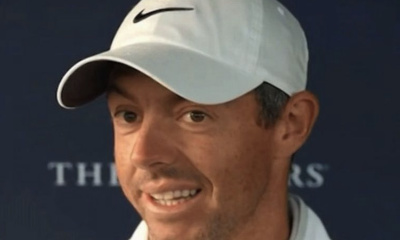









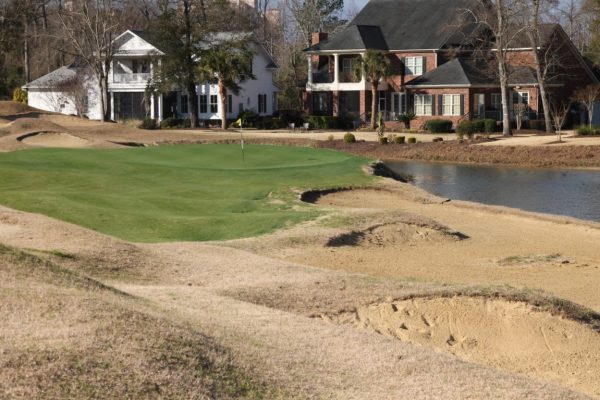
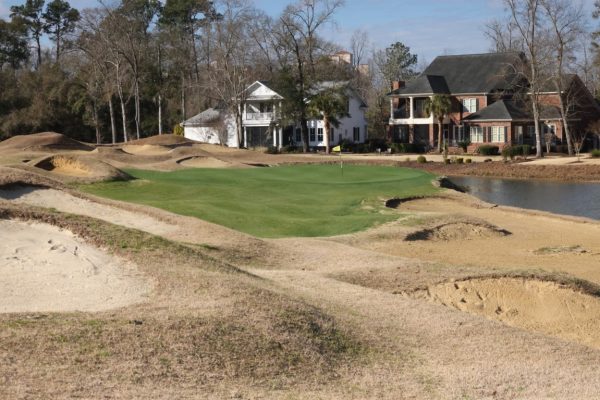
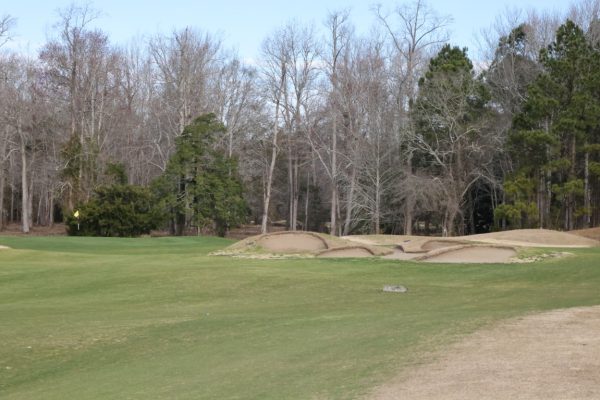
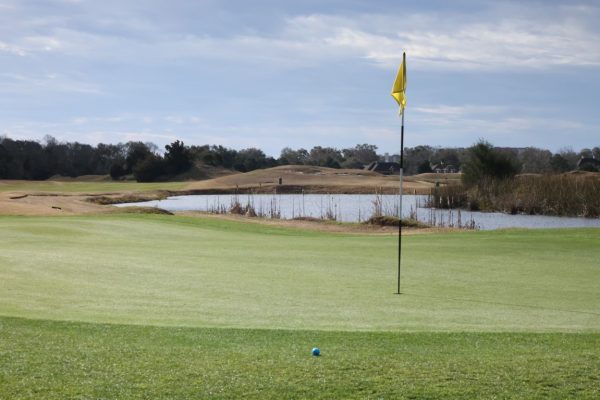
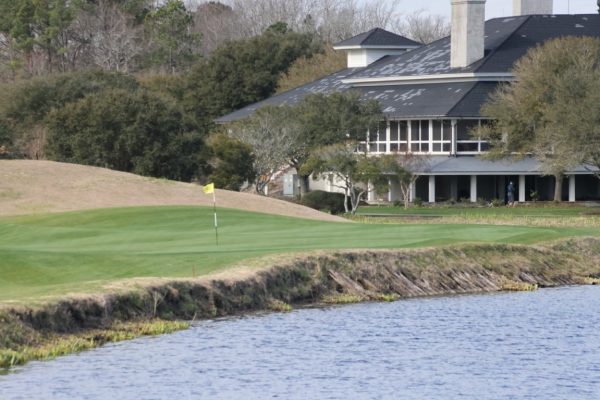
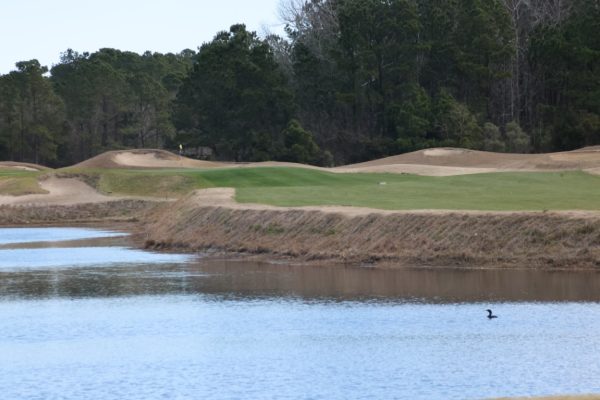
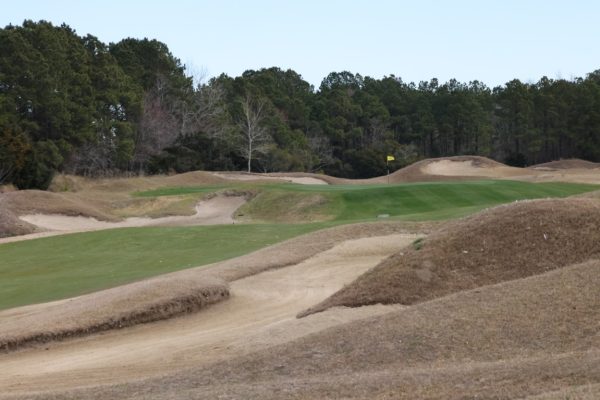
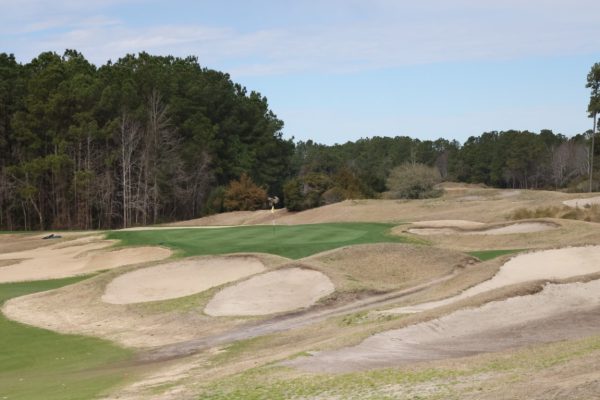
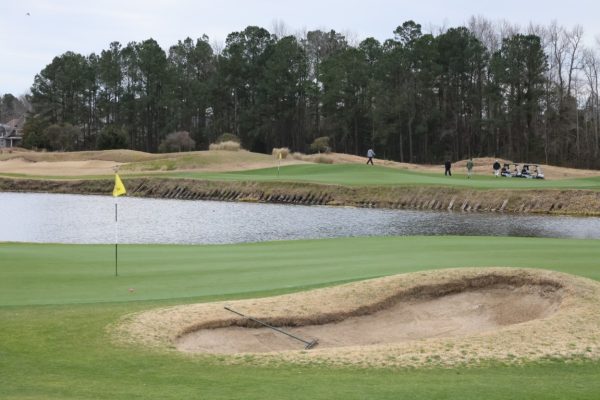

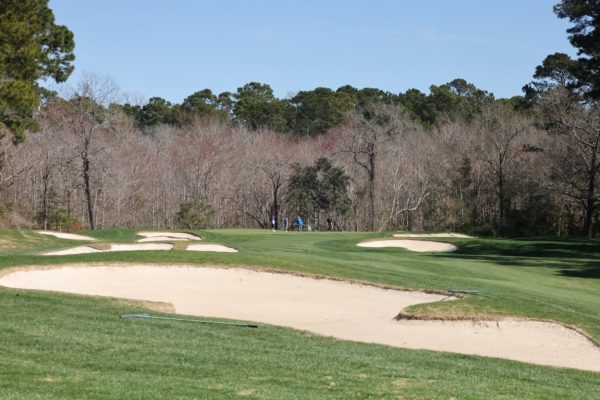
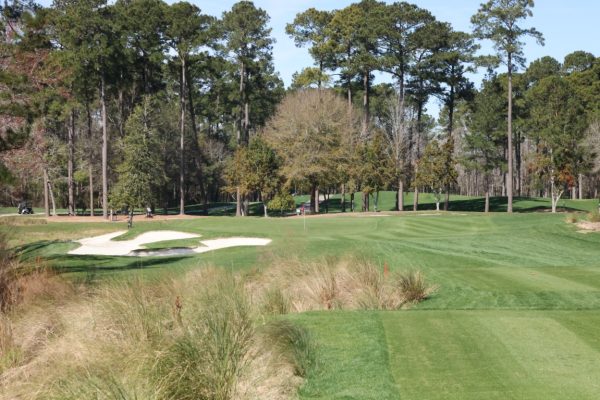
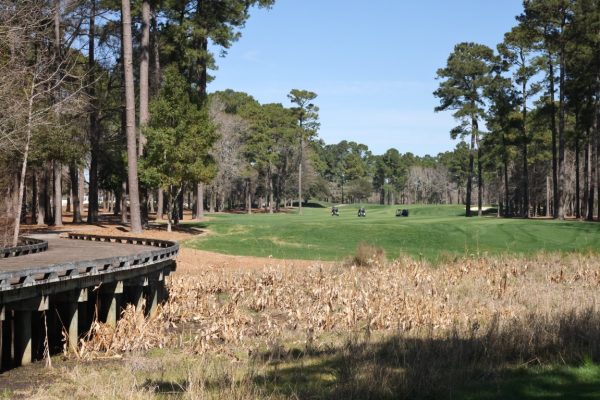
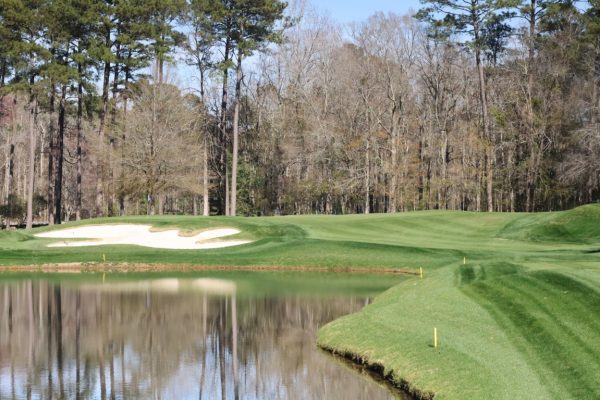
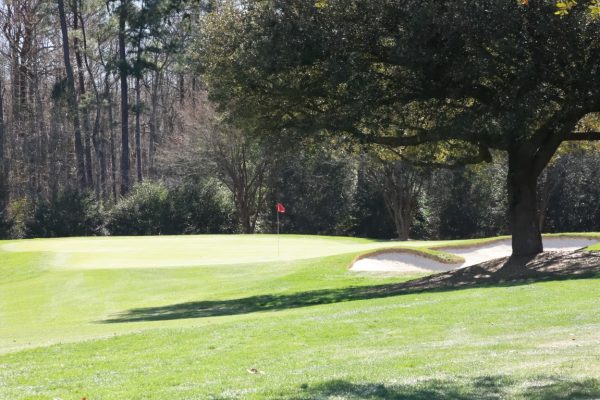
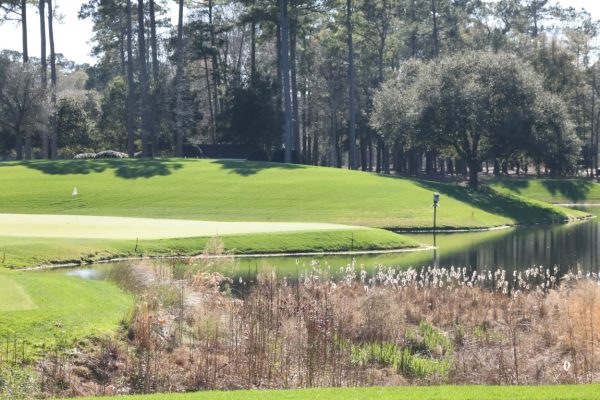
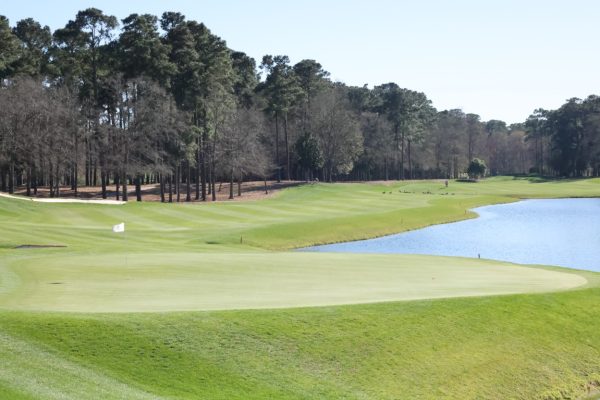
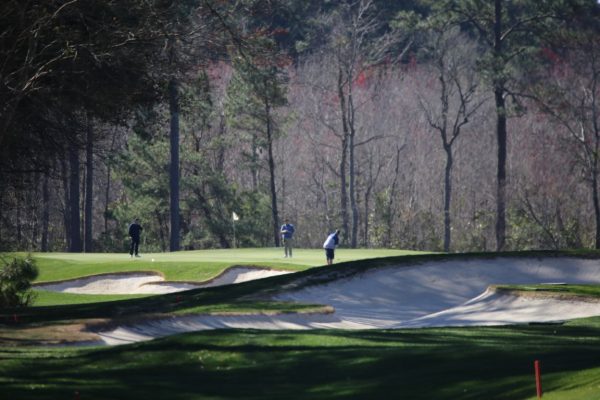
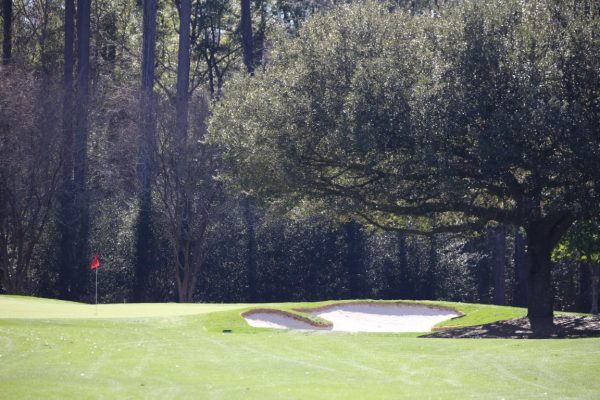
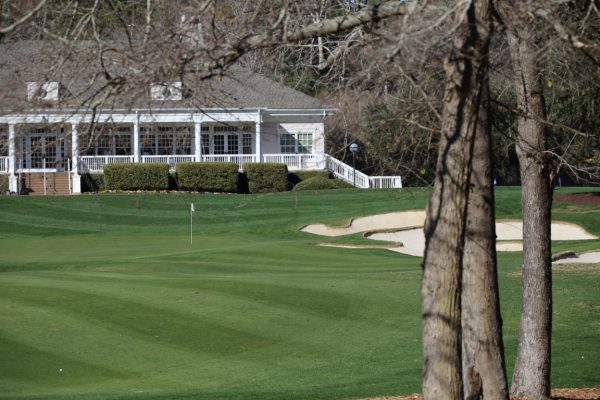
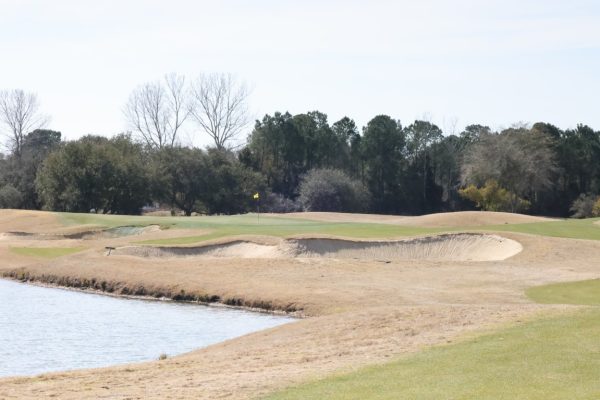
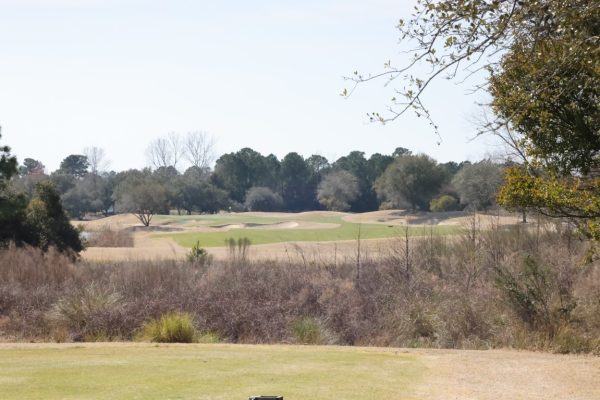
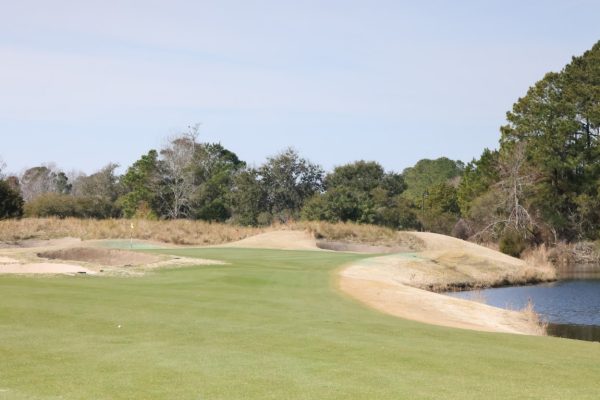
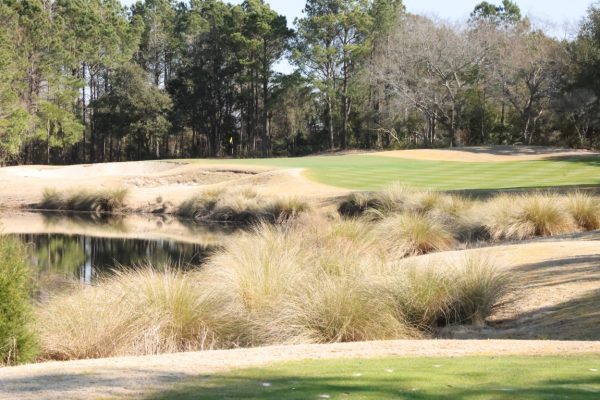
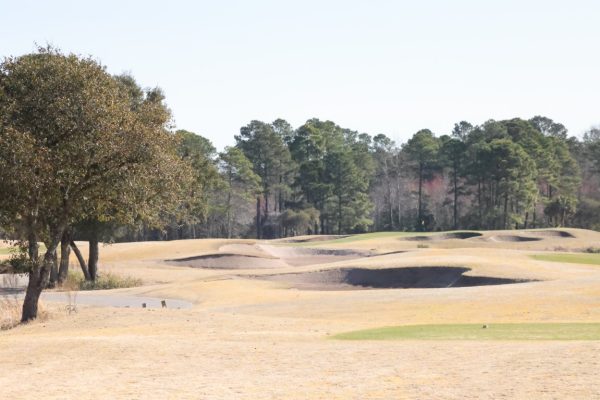

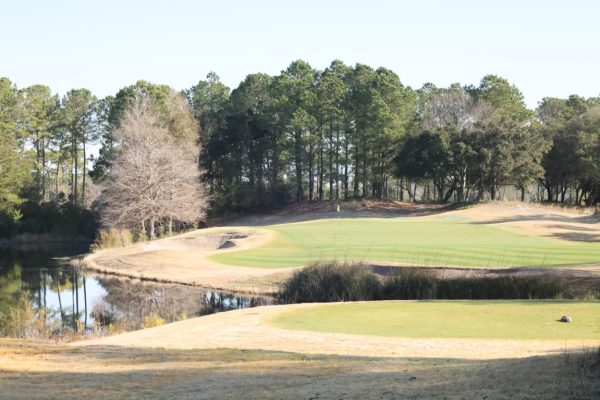
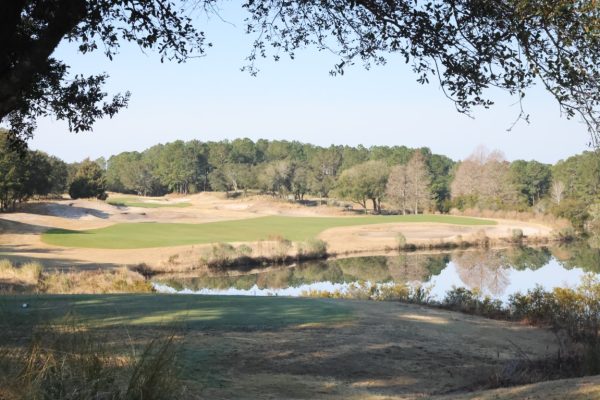
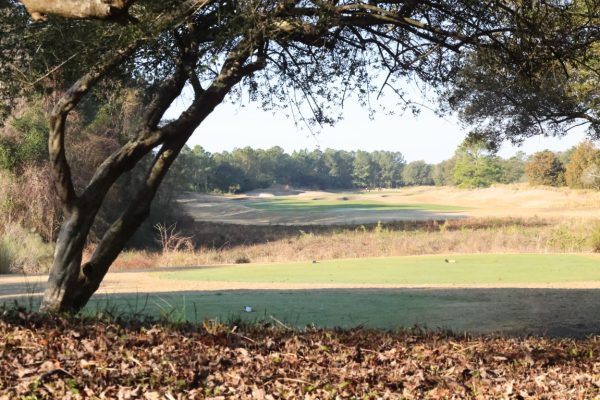
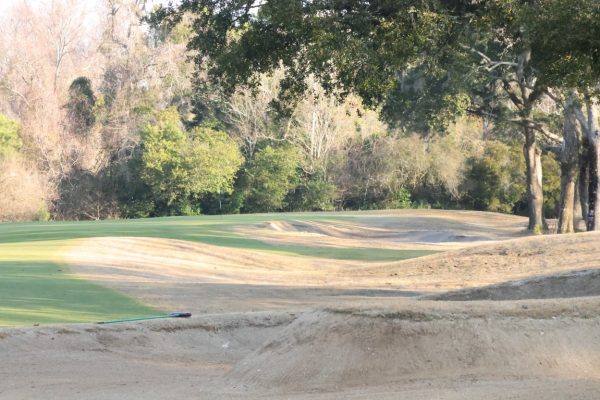
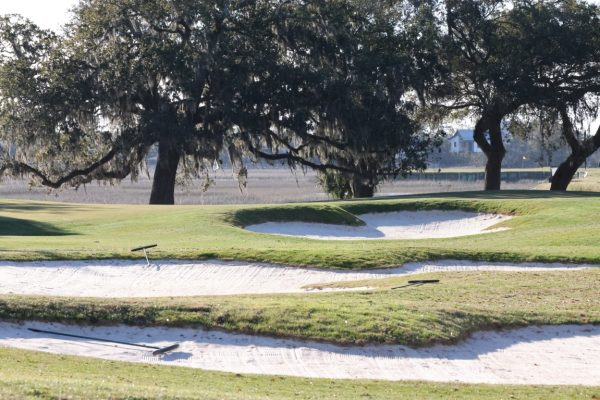
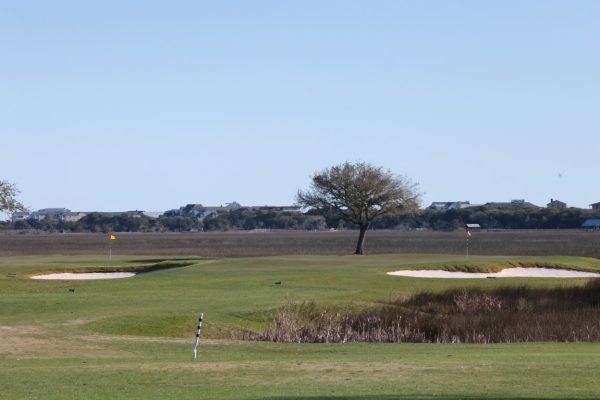
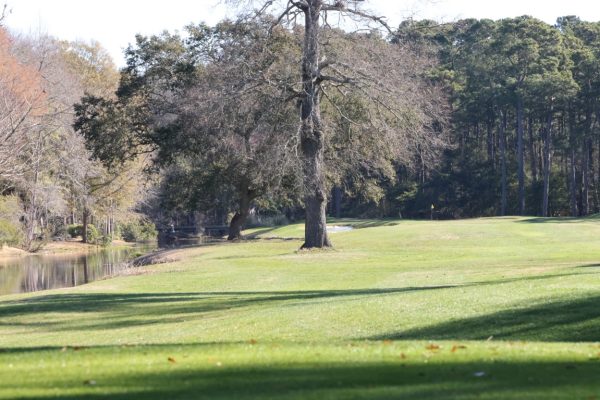
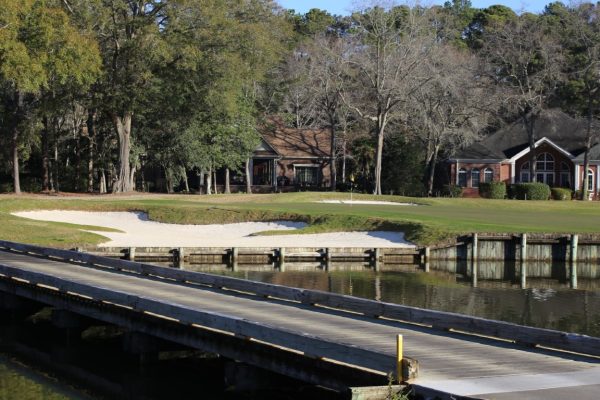
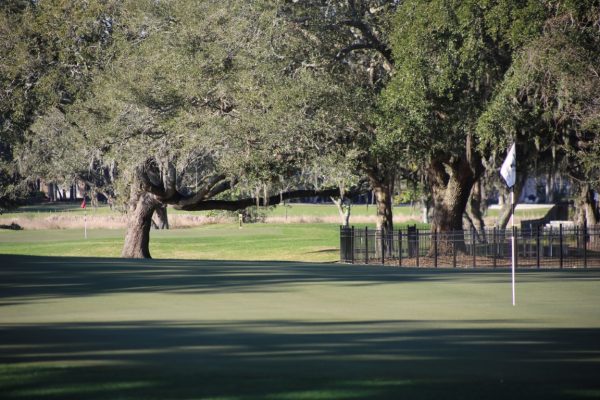
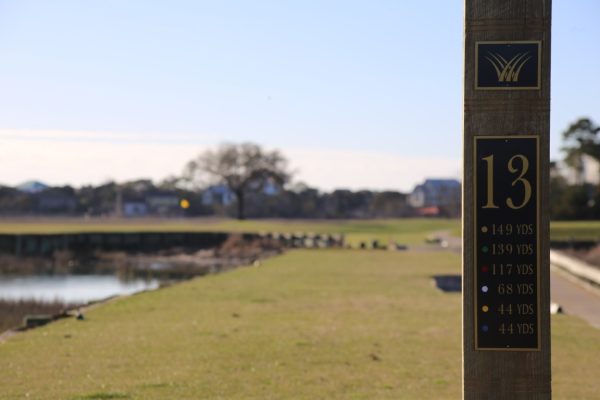
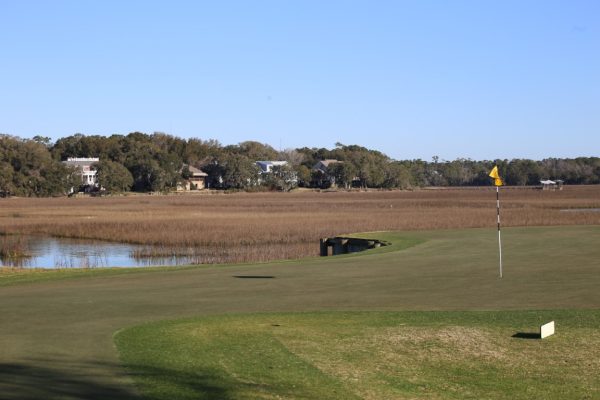
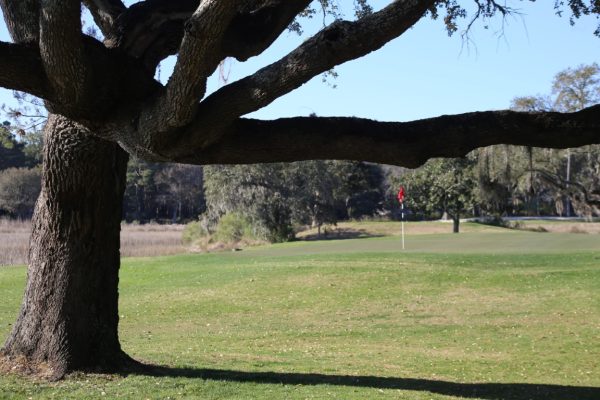
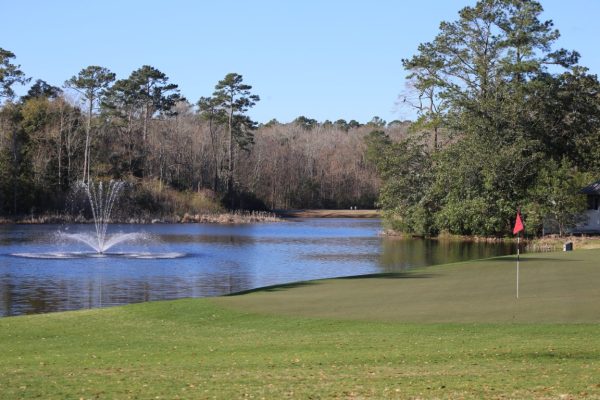
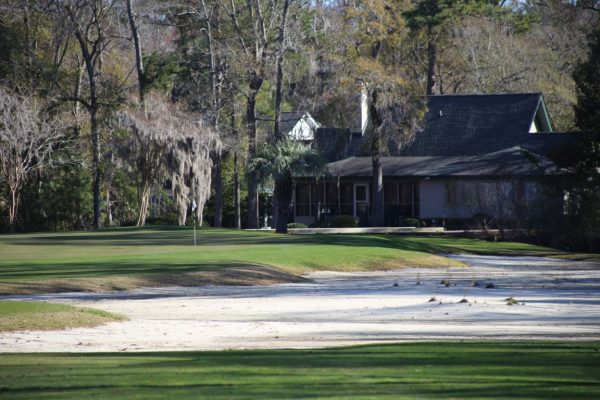












Pingback: Draw Vs Fade In Golf – What’s The Difference And What’s Better - (MUST READ Before You Buy)
Micheal L Timpson
Jun 29, 2020 at 8:11 pm
Absolutely love this article! Thank you for your dedication too teaching and wanting to help others improve their games.
Tim
Aug 1, 2019 at 3:54 pm
The simple answer is the players just aren’t good enough to play draws all the time. its become too strong of a shot for them. Only a select few can control it anymore.
Funkaholic
Aug 14, 2019 at 1:45 pm
I think shot shaping is not as easy with modern equipment and modern balls that favor straight flight and distance, it has nothing to do with skill.
Paulo
Jan 7, 2020 at 11:50 am
I guarantee they’re still better than 99.99999999% of people posting on here
Eric Sidewater
Jul 29, 2019 at 5:49 pm
It has nothing to do with ball flight and everything to do with the aforementioned players having a closed face throughout almost all of their swings, so they lock in a slightly closed face and can use the ground to create massive leverage for their pivot, so the club path can rip hard to the left and you’ll get 10 yard fades with over 175 MPH of ball speed and your SG: Driving soars.
Dan W
Jul 28, 2019 at 3:15 am
I’ll sum up the article for everyone. Fades have more backspin than draws. Fades don’t roll out as much, making the fairway wider than if a draw was played. It’s also wrong that a high spin shot is more stable in the wind. I almost laughed out loud st that one. Why do players flight down shots sometimes with more club in the wind? It spins less. Wind adds spin unless it’s down wind. Plus it’s hard to fade a low shot. So low flighted draws are always hit in high side or hurting wind. It’s pretty much common knowledge.
Frank
Jul 26, 2019 at 4:13 pm
“Distance is the premium” yet after measuring over 40 PGA Tour events of tee shots from winners that led to birdies/eagles on par 4’s and 5’s, the average distance is only 295 and 305 yards, respectively. So that’s only 5 yards further than the average PGA Tour driving distance on par 4’s and 15 yards further on par 5’s. That’s not even 2 clubs difference.
Also, the author doesn’t differentiate draws as push draws and fades as pull fades as push draws actually launches higher instead of lower than pull fades, because of the face angle being open to the target line and thus adding dynamic loft. Not to mention the angle of attack is less steep with an in-out path, making the ball launch higher as well.
geo
Jul 22, 2019 at 9:29 pm
During every shot, each golfer will deliver the golf club back to the golf ball in a specific orientation
With exception of those who sweep the inside quadrant of the ball.
The back of the ball brings in the two way miss.
Whether our go to shot is draw or fade; our misses should be restricted to one way. Ben Hogan learned to hit a fade, but his go to shot was a draw.
Aztec
Jul 16, 2019 at 11:21 pm
I always thought that, for whatever reason, a controlled fade is less likely to turn into a slice than a controlled draw into a hook.
Born
Jul 15, 2019 at 2:56 pm
Short version- balls spin less, drivers spin less, draw typically spins less, tour fairways are hard and 2100-2400 spin is ideal to hold fairways,. Also fade miss (over fading) is *typically* a more manageable miss vs over drawing especially it you’re at bottom end of spin threshold (ie 1800-200 rpm at tour level ball speed.
Ralph Ebbutt
Jul 14, 2019 at 10:43 pm
In summary: a fade offers more control under pressure, and tour pros prefer predictability/control over distance
Bob Saget
Jul 14, 2019 at 6:59 am
This is over-analysis to the max. Pros hit whatever shape the shot calls for. On straighter holes, it’s preference or whatever they’re more comfortable with
Geoffrey Holland
Jul 13, 2019 at 7:28 pm
“growing trend”?
Better players have been playing fades for decades this is not something new. I suggest you do a little bit of research before posting such drivel.
Tom
Jul 14, 2019 at 1:38 am
Lighten up mate not everyone is an expert like you? X being an unknown number & ‘spurt’ being a dip under pressure?
Bob Saget
Jul 15, 2019 at 5:19 am
I guess Rory McIlroy and Jason Day aren’t “better players” lol
Geoffrey Holland
Jul 16, 2019 at 1:50 am
Do you enjoy being obtuse?
JP
Jul 19, 2019 at 11:24 pm
Better and more comfortable than being acute.
ChipNRun
Jul 13, 2019 at 4:10 pm
When I first started as a self-taught golfer, I had a lot of trouble with slices. After I eventually took lessons and straightened things out, I decided to play a draw to get rid of slices.
If I’m hitting a slight draw, I’m squaring up at impact and moving through the ball smoothly.
Another point: Gary Player reported years ago that he had gone to a draw because it was less strain on his back than a fade.
I’ve found a similar thing: I’m right-handed, and I have an arthritic right hip that gets tight during golf. On the torso rotation machine at the gym, I can only rotate about 80 degrees to the right (backswing motion) but 90 degrees to the right (downswing motion).
By setting up for a draw, I aim at the right half of the fairway. If all goes well, my ball lands in the fairway and rolls out toward the middle. My miss is a slight push, which puts me on the edge of the fairway or in the first cut of right rough, which is entirely manageable.
This would support Prime21’s remark… “you can’t just say “they’re missing right” and that in and of itself proves that tour professionals are all hitting fades.” My miss right is the push that FAILED TO FADE.
That said, I can fade a tee shot with a driver or a hybrid or a short iron. I mean, the ball is up on a tee on a flat surface, and with a slightly open stance can get the ball to go “the other way.”
That’s my one trick shot. For most others I go with a draw.
ChipNRun
Jul 13, 2019 at 4:16 pm
CORRECTION:
, I can only rotate about 80 degrees to the right (backswing motion) but 90 degrees to the {/r/i/g/h/t} LEFT (downswing motion).
Andrew McArthur
Jul 13, 2019 at 5:00 pm
Wow
Aztec
Jul 16, 2019 at 11:17 pm
Your miss right is a push that failed to DRAW. If you succeeded at the fade, your miss right would miss right even more.
JP
Jul 13, 2019 at 3:42 pm
I always thought they preferred fades over draws because the rollout was more predictable.
John
Jul 13, 2019 at 1:33 pm
Matt Kuchar is a donkey
Dontbuyskechers
Jul 13, 2019 at 1:37 pm
He’s a BIG donkey.
Lars Philipson
Jul 13, 2019 at 1:16 pm
As Lee Trevino said: “You can talk to a fade but a hook won’t listen.”
Joe
Jul 14, 2019 at 11:23 am
And it’s the most overused false statement that slicers cling to in order to make themselves feel better. A fade and hook are not exact opposites. That would be a slice and a hook. 99% of golfers who day they fade the ball are actually slicing it which is just as out of control as an equally hit hook.
gery katona
Jul 13, 2019 at 12:01 pm
I volunteered at Torrey Pines this year and was positioned in the landing area on a par 4 hole and can confirm that the vast majority of fairway misses are to the right side.
Yippers
Jul 13, 2019 at 12:55 pm
Well there is an OCEAN on the left slide of #4. And it falls off pretty hard over there from fairway to rough to cliff to ocean. The green also opens up more from the right side. As long as you miss the fairway bunker right, there’s literally no reason to ever flirt with the left side on that tee shot.
MushPotatoes
Jul 13, 2019 at 1:26 pm
He said “a par 4 hole”, not hole #4 on the South Course.
Prime21
Jul 13, 2019 at 3:09 pm
The point was that you can’t just say “they’re missing right” and that in and of itself proves that tour professionals are all hitting fades. Many factors could go in to that, as Hole #4 proves, but to make a blanket statement as he did certainly offers little proof. A draw doesn’t always miss left and a fade doesn’t always miss right.
Pelling
Jul 13, 2019 at 10:21 pm
Except for Phil. He always misses left, badly.
gpfan
Jul 14, 2019 at 7:32 am
Any that would be hitting a fade. So the article must be true! I couldn’t bring myself to trying to finish reading it.
y2zar
Jul 14, 2019 at 10:53 pm
thatsthejoke.jpg